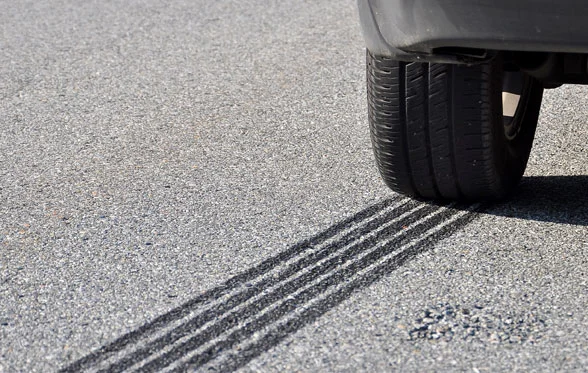On March 2, 2015, the National Highway Traffic Safety Administration (NHTSA) published in the Federal Register (Vol. 80, Number 40, FR Docket No. 2015-04162; Docket No. NHTSA-2012-0036), a Supplementary Notice of Proposed Rulemaking (SNPRM) to amend Federal Motor Vehicle Safety Standard (FMVSS) 210, Seat Belt Assembly Anchorages. The SNPRM introduces a Force Application Device (FAD) to replace the pelvic and upper torso body blocks as a testing interface, to transfer loads onto the seat belt anchorage system during compliance testing. The current standard does not expressly specify the position that the body blocks must be in, relative to the seat prior to the strength testing. This absence of information has resulted in manufacturers conducting compliance testing differently than the NHTSA and has resulted in enforcement issues.
This SNPRM is the result of the NHTSA's review of the 13 comments received regarding the NPRM issued March 30, 2012 (77 FR 19155). Some of the items that the NPRM comments addressed include:
- Performance of current seat belt assemblies with the FAD, especially medium andheavy trucks
- Unknown durability and strength of the FAD
- Potential seat belt slippage and possible damage using the FAD
- Increased weight of FAD over the body blocks
- Using the FADs is not supporting harmonization
- When to use FAD1 vs FAD2 (smaller)
- Test procedures/suggestions for side-facing, bus and booster seats
- Questions/concerns related to cost and timing
The FAD was developed to provide a consistent test configuration and load path to the seat belt assembly anchorages without affecting the stringency of the testing. Considering the comments received to the NPRM, the NHTSA has decided to evaluate the feasibility of maintaining the current body blocks and refining the test procedure such that the standard provides sufficient information about the pre-test positioning of the body blocks, so that manufacturers are informed of the range of positions that may be tested to determine compliance. Although the NHTSA is considering the option of retaining the body blocks and refining the FMVSS 210 test procedure, they are still considering replacing the body blocks with the FAD or possibly incorporating the FAD as an optional testing tool.
The SNPRM requests comments on several issues relating to the proposed test procedure for seat belt anchorage systems including these:
- Whether/how to amend the current test procedure to maintain the use of the body blocks
- Thoughts on the proposed zone concept that is under consideration in the SNPRM
- How the zones should be established in the vehicle environment
- How to verify that the body blocks are within the specified zones under pre-load
- Make/model specific issues that might impact the implementation of the proposal
- Other possible solutions
Comments regarding this SNPRM must be received by NHTSA by May 1, 2015.
